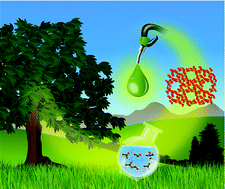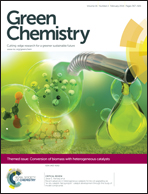Conversion of biomass-derived small oxygenates over HZSM-5 and its deactivation mechanism
Abstract
HZSM-5 catalyst deactivation was studied using aqueous feed mixtures containing ethanol, ethanol + acetic acid, ethanol + ethyl acetate, or ethanol + acetaldehyde in a fixed bed reactor at 360 °C and 300 psig. Compared to an ethanol alone experiment, addition of other oxygenates reduced catalyst life in the order of: ethyl acetate < acetic acid < acetaldehyde. Based on the liquid product and spent catalyst analyses from the individual ethanol, acetaldehyde, acetic acid, and ethyl acetate feeds, the presence of acetaldehyde appears to produce high molecular weight aromatic compounds which deactivate the catalyst through a pore-blocking mechanism. Acetic acid deactivates the catalyst through an active site poisoning mechanism or strong adsorption of acetate intermediates on the active sites (hydroxyl groups). Ethanol deactivates the catalyst primarily through its pore-blocking mechanism, but the rate of ethanol deactivation is orders of magnitude slower than that of acetaldehyde. Ethyl acetate hydrolyzes to form acetic acid and ethanol which deactivate the catalyst through their respective mechanisms. In addition, each functional group of oxygenates requires different active sites/catalysts and different operating conditions due to competitive adsorptions on active sites for their conversion to the desired products. Therefore, it is necessary to pre-treat the mixture of oxygenates to produce a feed stream containing the same or similar functional group compounds before converting the feed stream to hydrocarbon compounds over the HZSM-5 catalyst.

- This article is part of the themed collection: Conversion of biomass with heterogeneous catalysts

 Please wait while we load your content...
Please wait while we load your content...